Inside The Lab Of A Japanese Scientist Who Is Building A Robot Version Of Himself
At the Intelligent Robotics lab, Ishiguro researches the potential for robots to have sonzaikan, which roughly translates to "human presence."

Ishiguro has made numerous android replicas of himself. His goal is to eventually make one that could completely replace him. This is one of his replicas.
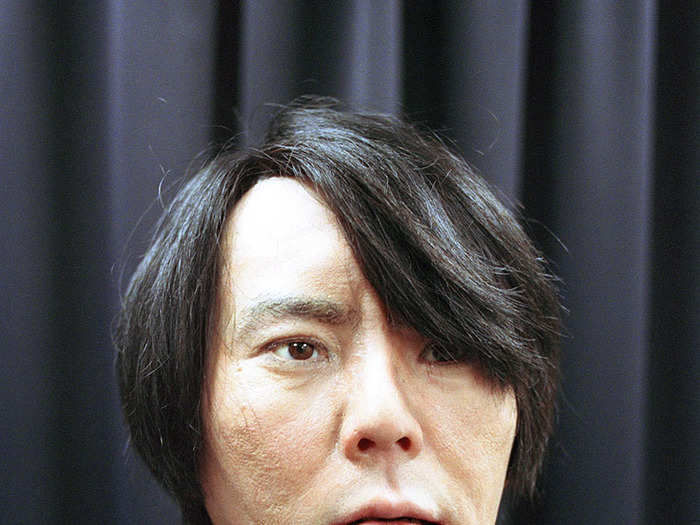
The latest version (shown here) is the Geminoid HI-4. It can mimic Ishiguro’s expressions through motion sensors and is capable of displaying a wide range of emotions. In theory, he could send the robot in place of himself to give speeches at conferences or conduct meetings.
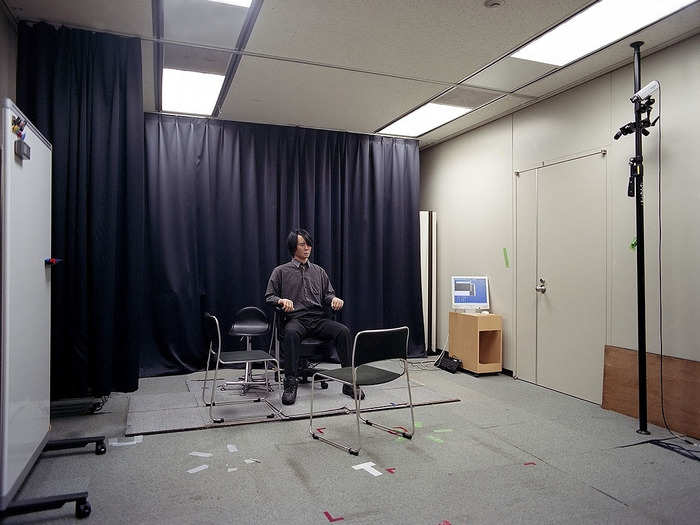
Many of Ishiguro's critics wonder if his robots will ever overcome the "uncanny valley," when things look close but not exactly human. The "uncanny valley " leaves things looking more like an animated corpse than a real person. Here is Ishiguro with his robot double.
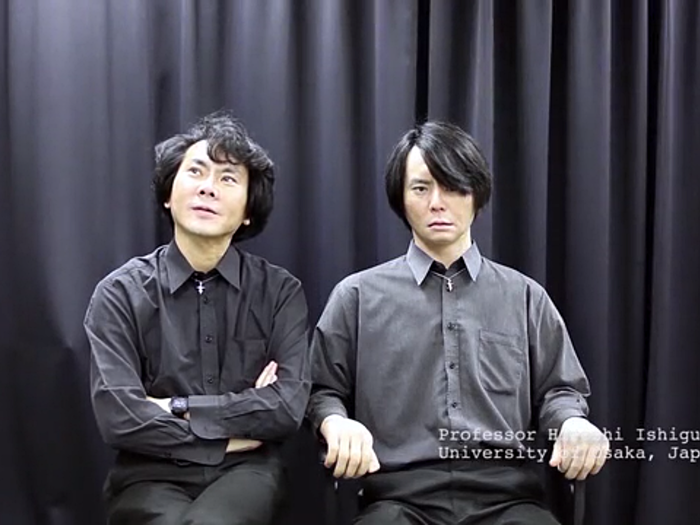
Ishiguro has also developed a female version called the Repliee Q2. The "Repliee" models can recognize and process speech and respond in kind.
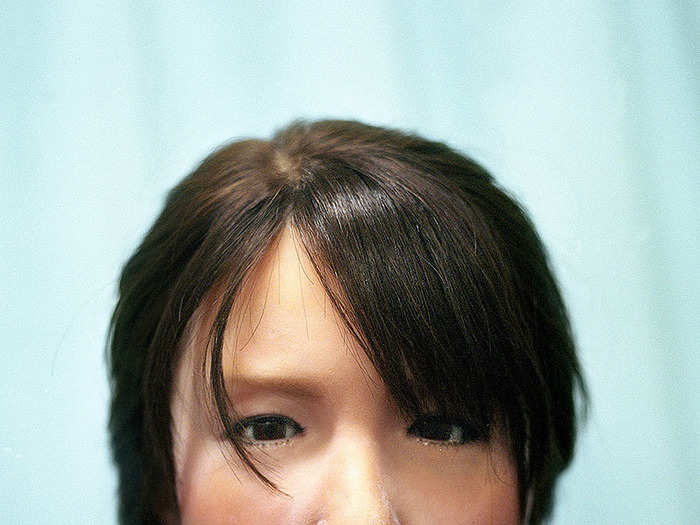
The Repliee is modeled after a young Japanese woman. The robot can mimic human behaviors like breathing, blinking, and speaking.
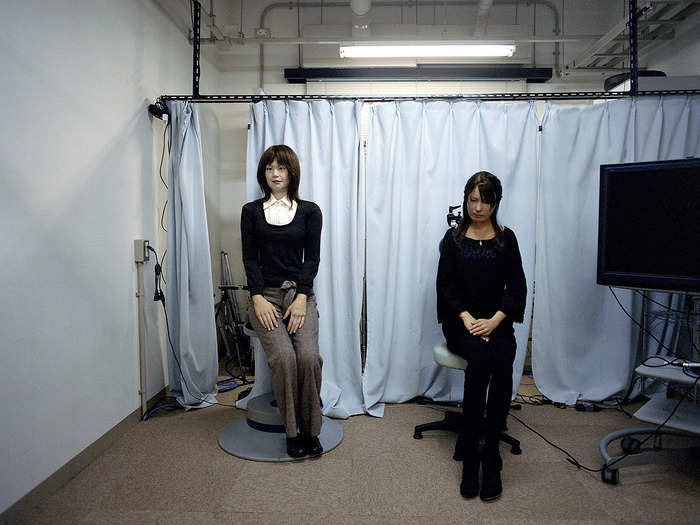
Ishiguro’s work has brought up interesting philosophical problems. Recently, he found that he no longer looked like his robot counterpart because he had aged many years past the robot. This led him to get plastic surgery to alter his appearance closer to that of the robot double.
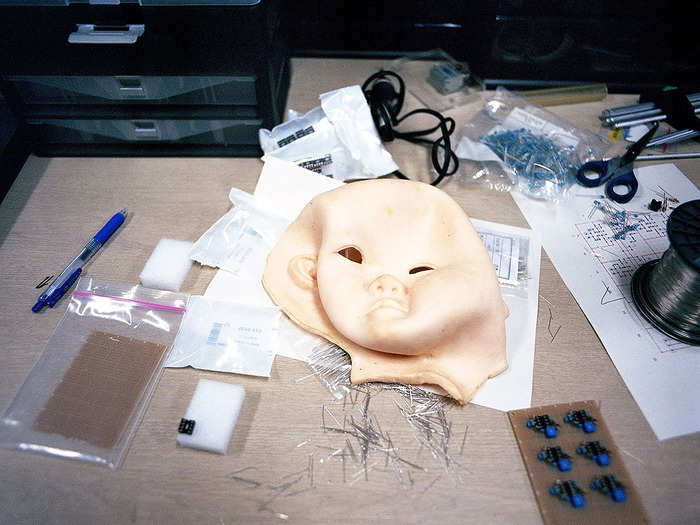
According to Whitton, Ishiguro is a strange character, who is known to wear only black. He usually wears a specific outfit that the robot also wears.
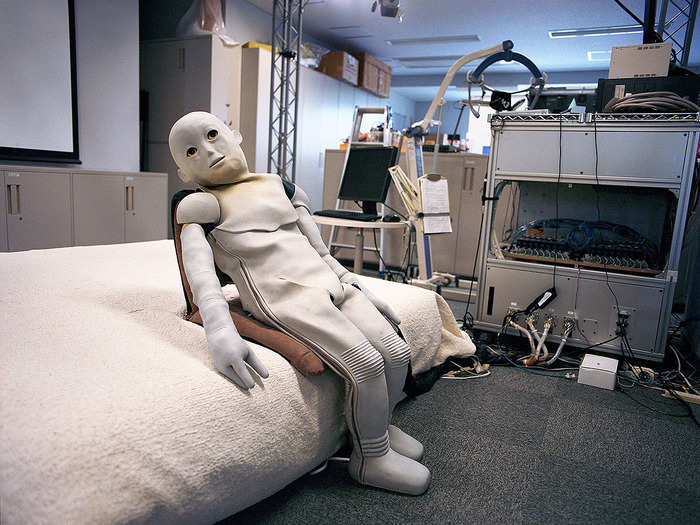
“He was very mysterious and had an air of ‘the mad brilliant scientist’ about him,” says Whitton.
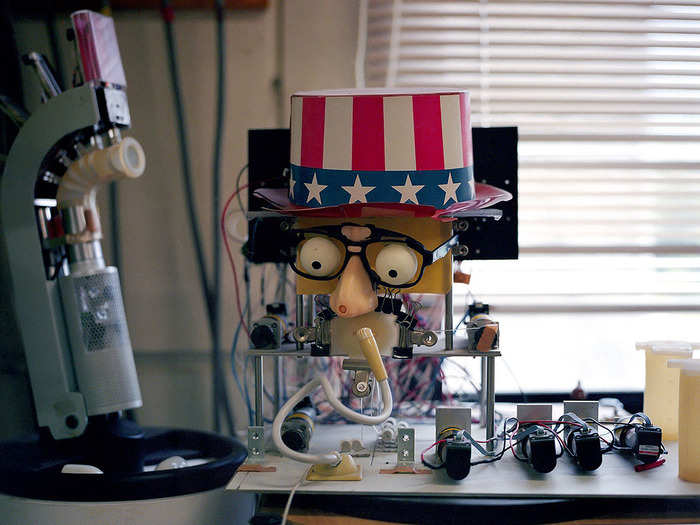
The robot faces are made from silicon and have a number of sensory motors beneath the skin. From afar, the robots look disturbingly human-like, with blinking eyes and moving faces.
After visiting Ishiguro’s lab, she says that the team has a long way to go before androids will be able to replace humans.
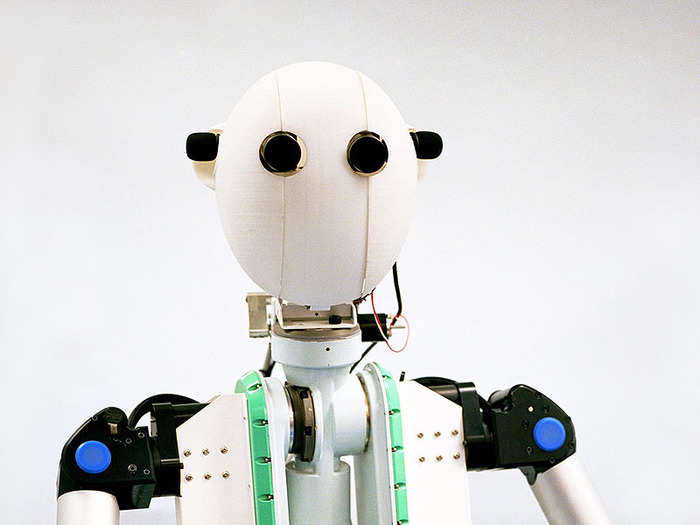
As of now, the robots are restricted to sitting. Only their faces and arms are able to move.

The robots are controlled by an operator who wears a headset in front of a computer setup and cameras. The cameras read the movements of the headset and submit the information to the robot. The robot’s face and arms then move in sequence with the operator.
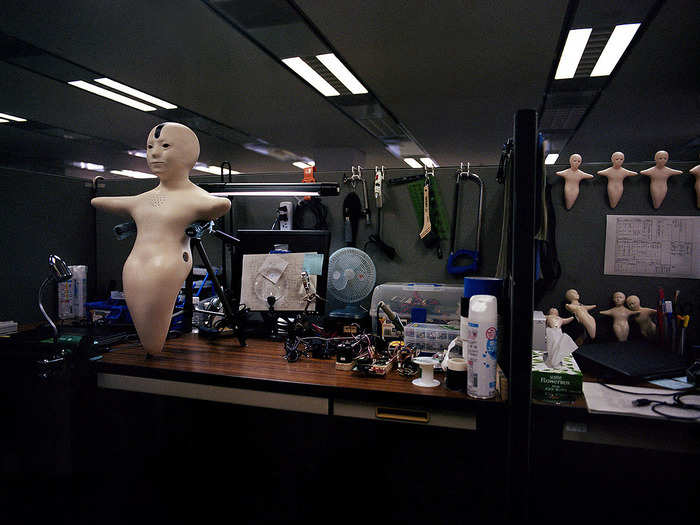
One of the most intriguing moments of Whitton’s visit came when she asked Ishiguro how a robot could have a heart. Without understanding that she meant a metaphysical heart and not body part, Ishiguro answered deadpan, “The heart is the easiest part. Artificial hearts are very popular now. The liver is more difficult.”
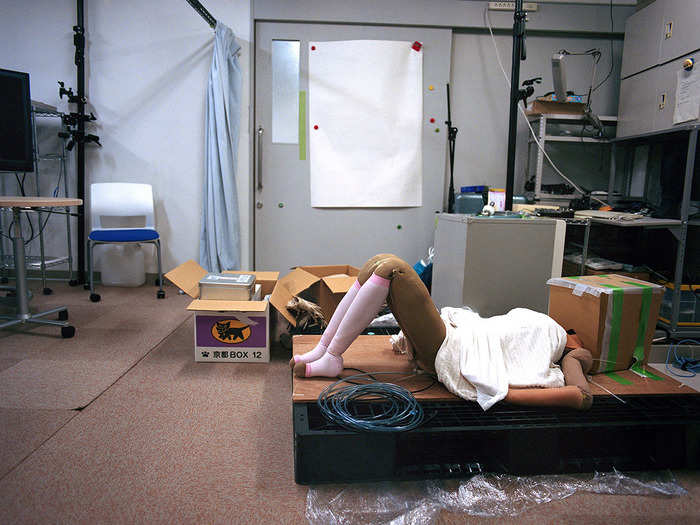
Japanese culture has none of the negative connotations about artificial intelligence that many Western cultures do. As such, they make little distinction between androids and humans.
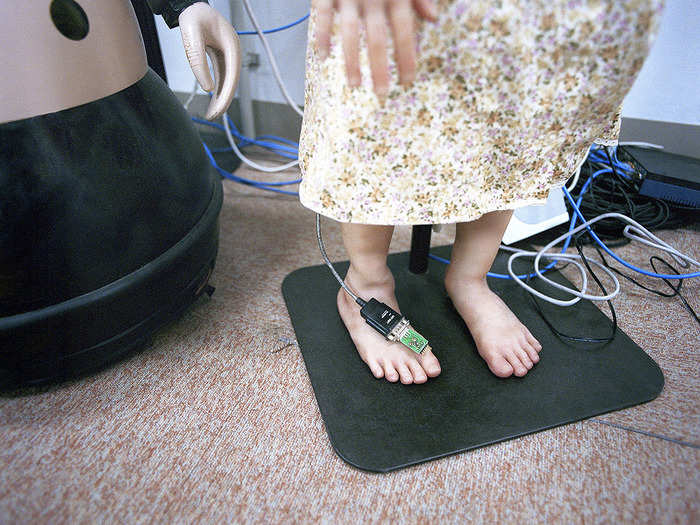
In interviews, Ishiguro has said that the information age will end with the dawn of the "robot age." He envisions a day when robots are so integral to daily life that humans barely notice their presence.
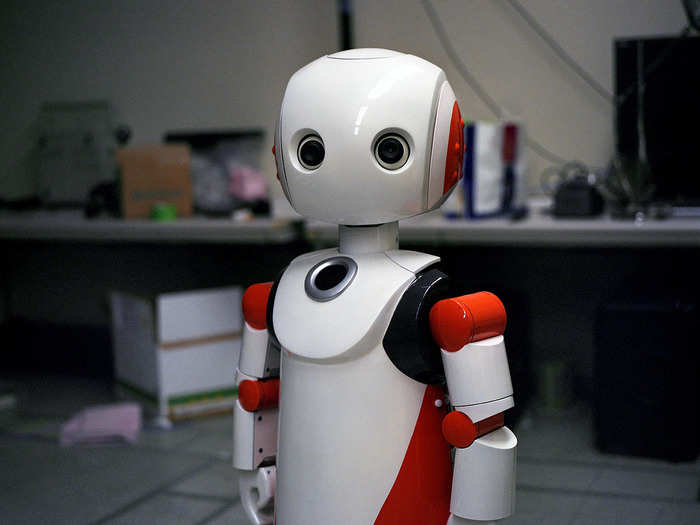
Progress has unintended consequences.

Popular Right Now
Advertisement